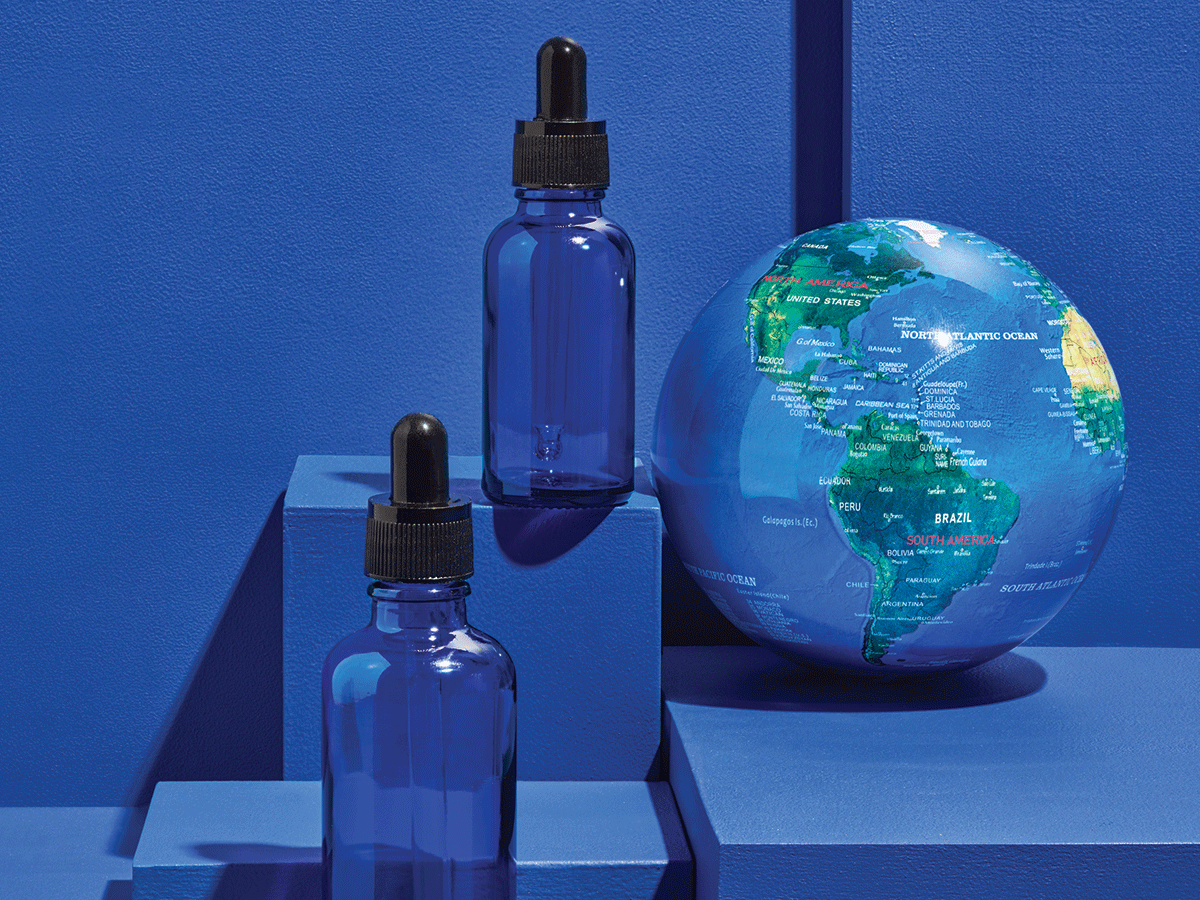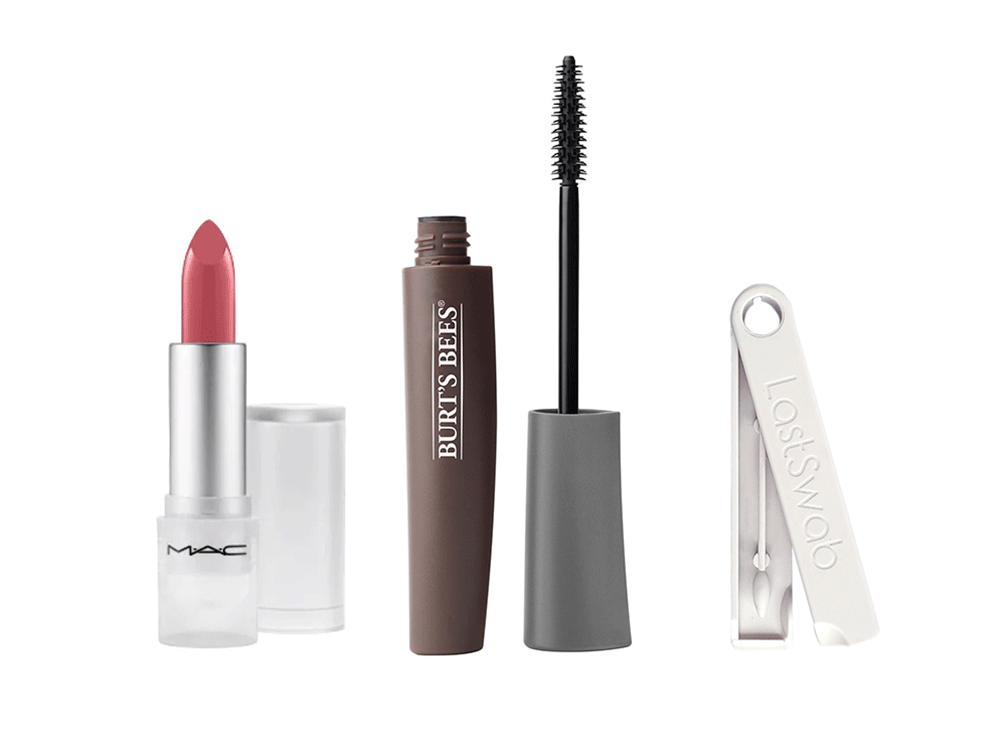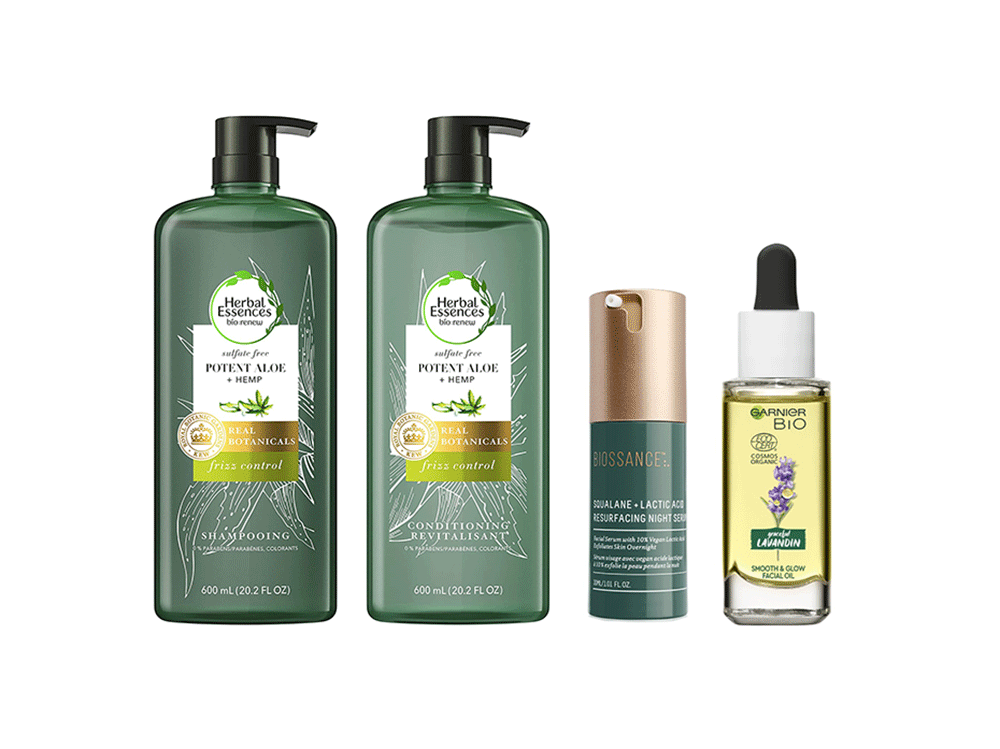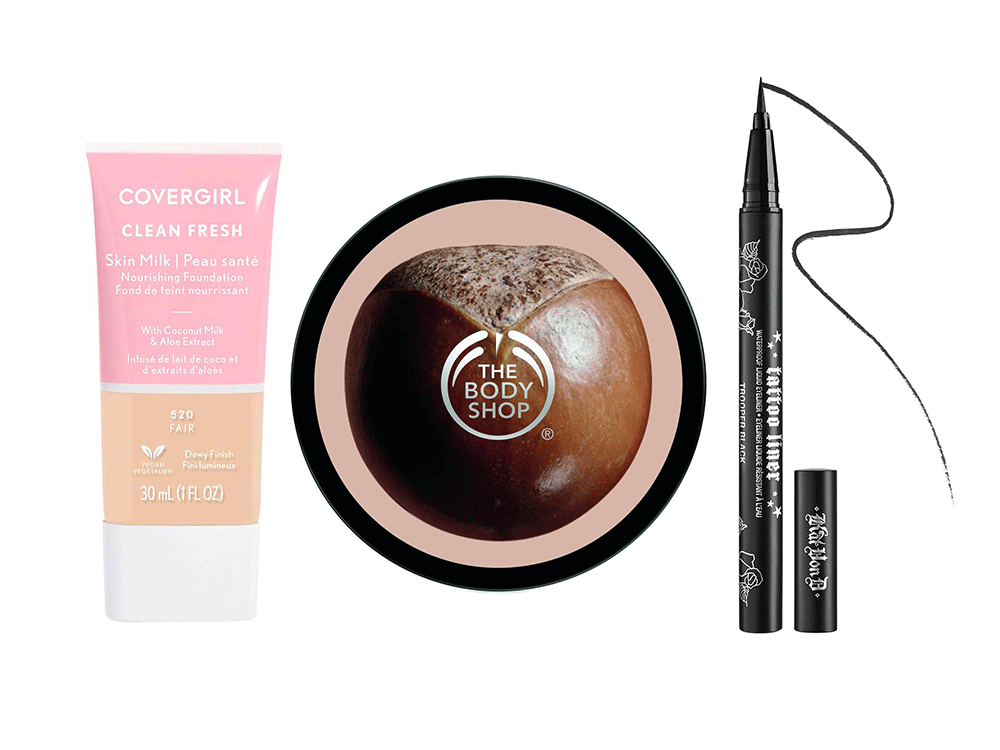
The 3Rs for Beauty Products
While putting on my makeup one morning, it crossed my mind that I’d probably thrown dozens of mascara tubes into the garbage over the years, not to mention all of the other packaging that comes with my beauty routine. Those empty bottles and jars make up part of the 10.2 million metric tonnes of waste generated by the residential sector in 2016, according to Statistics Canada. And of the packaging I did recycle, much of it may have ended up in the 3.2 million metric tonnes that was diverted to landfill that year. (Learn more about how much Canadians waste each year.)
The numbers aren’t good, and it’s a sad fact that Canada recycles just nine percent of our plastics. I’ve always done my best to reduce, reuse and recycle, but I failed to consider the impact of my beauty products. Here are three ways to make your beauty regimen kinder to the earth.

Sustainable Packaging
The beauty industry is notorious for using attractive packaging to entice customers – a marketing ploy that doesn’t always translate to being environmentally friendly (we’re looking at you, single-use plastic). In 2020, nothing is prettier than the three Rs. Make reduce, reuse and recycle an essential part of your beauty routine by choosing products in recycled materials or in packaging that’s reusable, refillable or recyclable. In the latter case, check the official recycling guidelines in your municipality to ensure that your packaging is blue bin approved. For example, the City of Toronto, where I live, doesn’t recycle black plastic (you can also get all your recycling information in Toronto on the TOwaste app).
To reduce new plastic production, some beauty brands are making bottles out of post-consumer recycled plastic. Others are partnering up with organizations like TerraCycle to collect hard-to-recycle materials. In 2018, L’Occitane launched its recycling program, where participating boutiques collect and recycle used beauty, skincare and hair care packaging from any brand. Clarins recently added collection boxes for its used packaging to all of its Hudson’s Bay counters. Burt’s Bees, mean-while, offers prepaid mailing labels for its used products to be shipped directly to TerraCycle.
Others have embraced the circular economy, where companies take back their products after use to be reused or recycled (think old-school glass milk bottles). M.A.C, for example, rewards customers with free products when they return their primary packaging, such as foundation bottles and lipstick tubes, to the Back-to-M.A.C program. How’s that for better beauty with benefits?
When brands do their part by using earth-friendly packaging, it’s up to you to make sure that it’s disposed of properly. Take Kaia Naturals’s The Vitamin Cleanse, for example. These all-natural wipes are fully compostable, but if they’re tossed in the garbage or flushed down the drain, that bio-degradation isn’t going to happen. “If people don’t know how to deal with the end product, it won’t actually reach the objective,” says Kaia founder Mary Futher. “The manufacturer can only do so much. You have to do the rest.”
Best Bets
Refillable: M.A.C. Loud & Clear Lipstick in Baroque The Internet, $24, maccosmetics.ca
TerraCyclable: Burt’s Bees Voluminizing Mascara, $14, shoppersdrugmart.ca
Reusable: Lastswab Beauty, $18, lastobject.com
(Check out six ways to go eco-friendly in under 24 hours.)

Clean Ingredients
Some ingredients used in personal care products, such as preservatives and fragrances, have been linked to a host of negative health issues, from contact dermatitis to fertility problems. The Canadian Cancer Society reports that phthalates, found in some nail polishes and perfumes, are being studied for their potential link to cancer. That risk has led to the green beauty movement and a demand for more-natural products that contain ingredients that are easy to recognize, typically in the form of organic botanicals, such as aloe, shea butter and coconut oil.
Though buying organic was costly at one time, it doesn’t have to cost an arm and a leg because greater consumer demand for natural alternatives has given brands an incentive to find ways to bring prices down. “It was our goal to give women an accessible, organic cosmetic range that they can easily buy and use daily,” says Anne Requier, a skincare lab engineer at Garnier International who recently introduced the certified-organic Bio range to Canada.
At Herbal Essences, an endorsement by the Royal Botanic Gardens, Kew, in the UK verifies the efficacy of the brand’s botanical ingredients, such as aloe. “Because they have the biggest plant collection in the world, they can go back and get the standard,” says Rachel Zipperian, principal scientist for Herbal Essences. “They know exactly what aloe is supposed to look like, and they’re able to confirm that the aloe we’re using is high in [anti-oxidant] polysaccharides.”
For some, the future lies in clean beauty, a term used to describe products that include synthetic ingredients that mimic natural ones but can also be more stable, sustainable and even pure because this process eliminates potential contamination from toxins, pesticides and heavy metals. One such example is squalene, which was traditionally harvested from shark livers and olives to add moisturizing benefits to skincare. The California-based brand Biossance takes a different approach thanks to parent company Amyris, which bioengineered a plant-based, stable squalene using fermented sugar cane from Brazil, a plant that requires less resources than olives. (Check out the best mini clean beauty products to test drive.)
When it comes to understanding what’s going in your body, the onus is ultimately on you. According to Health Canada’s guidelines, labelling cosmetic ingredients is important because it “helps Canadians make more informed decisions about the cosmetics they use since they are able to easily-identify ingredients they may be sensitive to.” Reading the label sounds simple enough, but is it something that most of us are doing? According to Biossance president Catherine Gore, the answer is no. “It’s not that clear that you have to,” she says.
There are resources that educate us on product ingredients, such as Clean at Sephora and Environmental Working Group, but sometimes this wealth of information can lead to confusion. To help cut through the noise, Gore and her team at Biossance launched The Clean Academy, a series of YouTube videos hosted by Queer Eye grooming expert Jonathan Van Ness. Their mission is to offer real answers to topics that confuse us most at the beauty counter. “The tricky thing is that there’s a lot of information and sometimes that can be a lot to absorb,” explains Gore. “It’s also quite complicated in terms of some of the answers. We wanted to offer a platform that helps do that in a fun and entertaining way.”
Best Bets
Endorsed by Kew Gardens: Herbal Essences Bio Renew Potent Aloe & Hemp Shampoo and Conditioner, $8 each, herbalessences.ca
EWG-Approved: Biossance Squalane + 10% Lactic Acid Resurfaving Night Serum, $82, biossance.com
Certified Organic: Garnier Bio Lavandin Facial Oil, $25, walmart.ca
(Check out the 12 toxic ingredients that can be found in beauty products.)

Cruelty-Free Formulas
Animal lovers, rejoice! Being cruelty-free is finally cool. And we have The Body Shop to thank for that. Back in 1989, it was the first global beauty company to lobby for an end to animal testing. Today, the company has been joined by many others, including makeup giant CoverGirl, which went cruelty-free in 2018. “Listening to our consumers, we started this journey with CoverGirl to demonstrate our commitment to this issue by achieving such an ambitious certification at scale,” said Camillo Pane, former chief executive officer of CoverGirl’s parent company, Coty. Broadly speaking, a cruelty-free designation means that the product was developed without any testing on animals, while vegan means that the product does not include any animal-derived ingredients.
To find out where your favourite brands stand, it’s important to do your research, as product formulation isn’t always transparent and animal testing may occur at the ingredient level. Leaping Bunny is an organization that vets beauty products for compliance at all points (CoverGirl is the largest makeup brand with Leaping Bunny’s stamp of approval). Its Cruelty-Free App makes it easy to check on the go.
Best Bets
The Industry Giant: Covergirl Clean Fresh Skin Milk Foundation, $13, shoppersdrugmart.ca
The Pioneer: The Body Shop Shea Body Butter, $21, thebodyshop.com
The Makeup Maestro: Kat Von D Beauty Tattoo Liner, $27, sephora.com
Now that you’ve learned about the 3Rs for beauty products, check out the sustainable wellness items our editors love.
